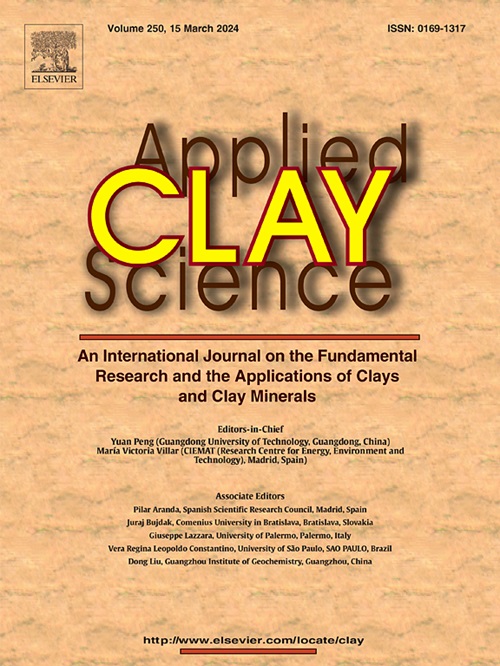Hydro-mechanical behavior and microstructure evolution of red clay-bentonite backfills
Abstract
Soil-bentonite (SB) cutoff walls have been extensively used as vertical engineering barriers to control groundwater flow and subsurface contaminant migration. As the pollution containment capability of the SB backfills is intimately related to the hydro-mechanical behavior, consolidation tests and hydraulic conductivity tests were carried out to investigate the effects of bentonite content on the hydro-mechanical behavior of red clay-bentonite backfills, and the microstructure evolution of backfills under vertical loading was evaluated based on mercury intrusion porosimetry (MIP) tests and field emission scanning electron microscope (FESEM) observations. The results of microstructure analysis also evaluated the influence of bentonite on the clay fabric which changed the relationship between hydraulic conductivity and void ratio. The results indicated that the void ratio and hydraulic conductivity decreased linearly with the increase of the effective consolidation stresses, and the compression index decreased with the increase of bentonite content. Meanwhile, the pore size distribution (PSD) curve of the backfill specimen almost turned into unimodal characteristics with only micropores distributed after consolidation. Additionally, the flow paths became more tortuous under compression which decreased the hydraulic conductivity. The montmorillonite aggregates in red clay-bentonite backfill formed into tortuous network structure which bound the clay aggregates together and effectively increased the tortuosity of flow paths.

 求助内容:
求助内容: 应助结果提醒方式:
应助结果提醒方式:


